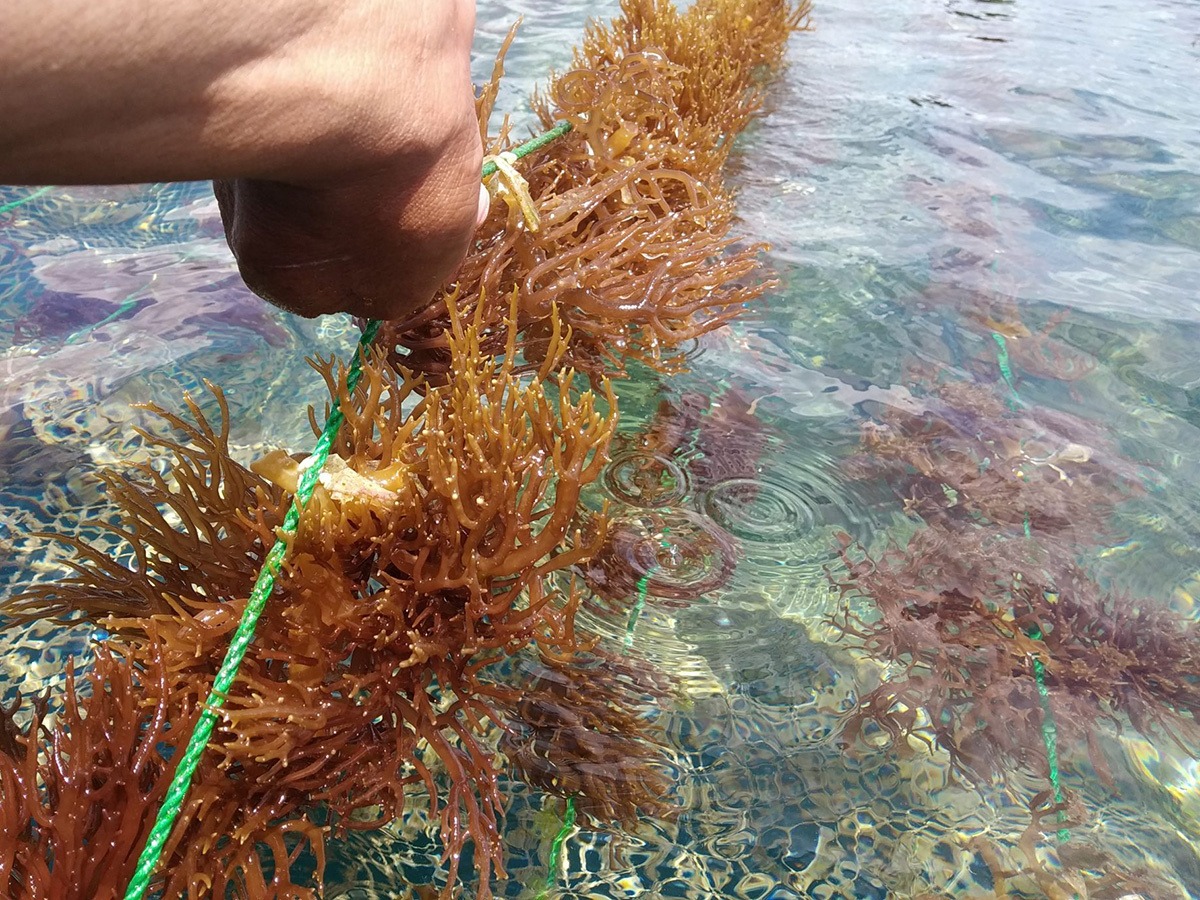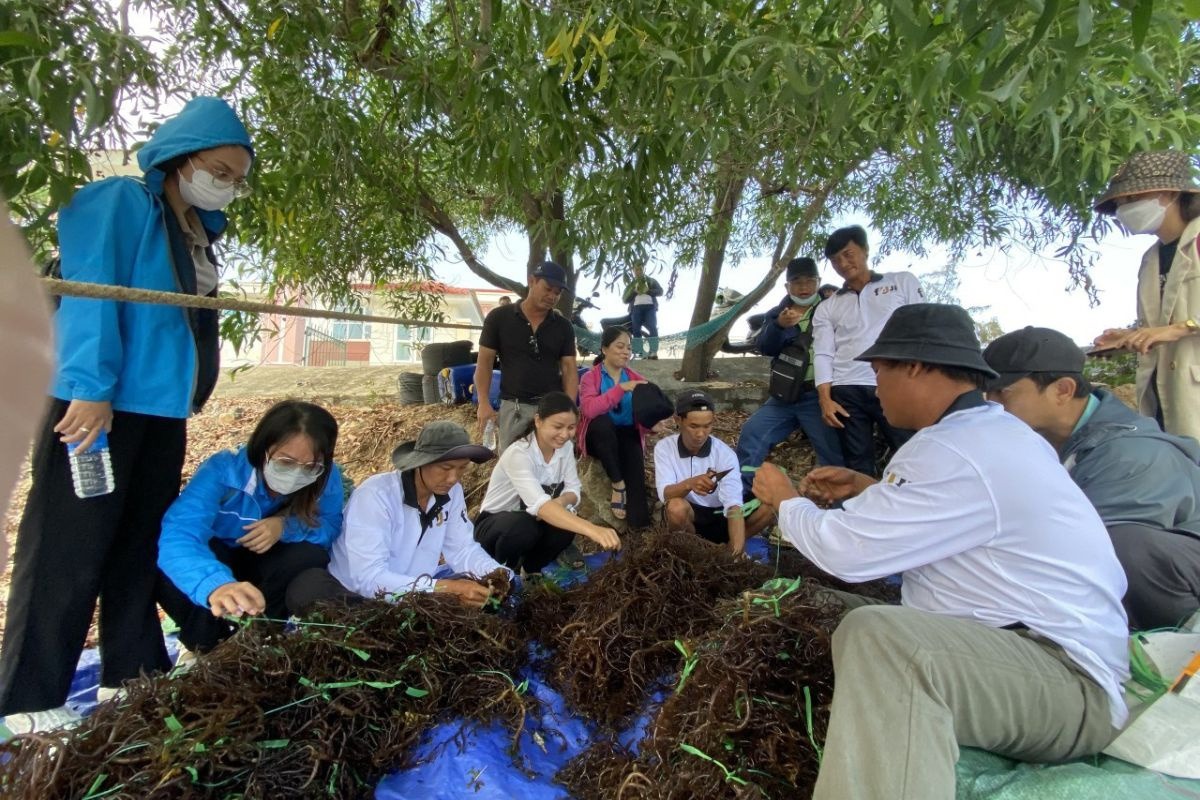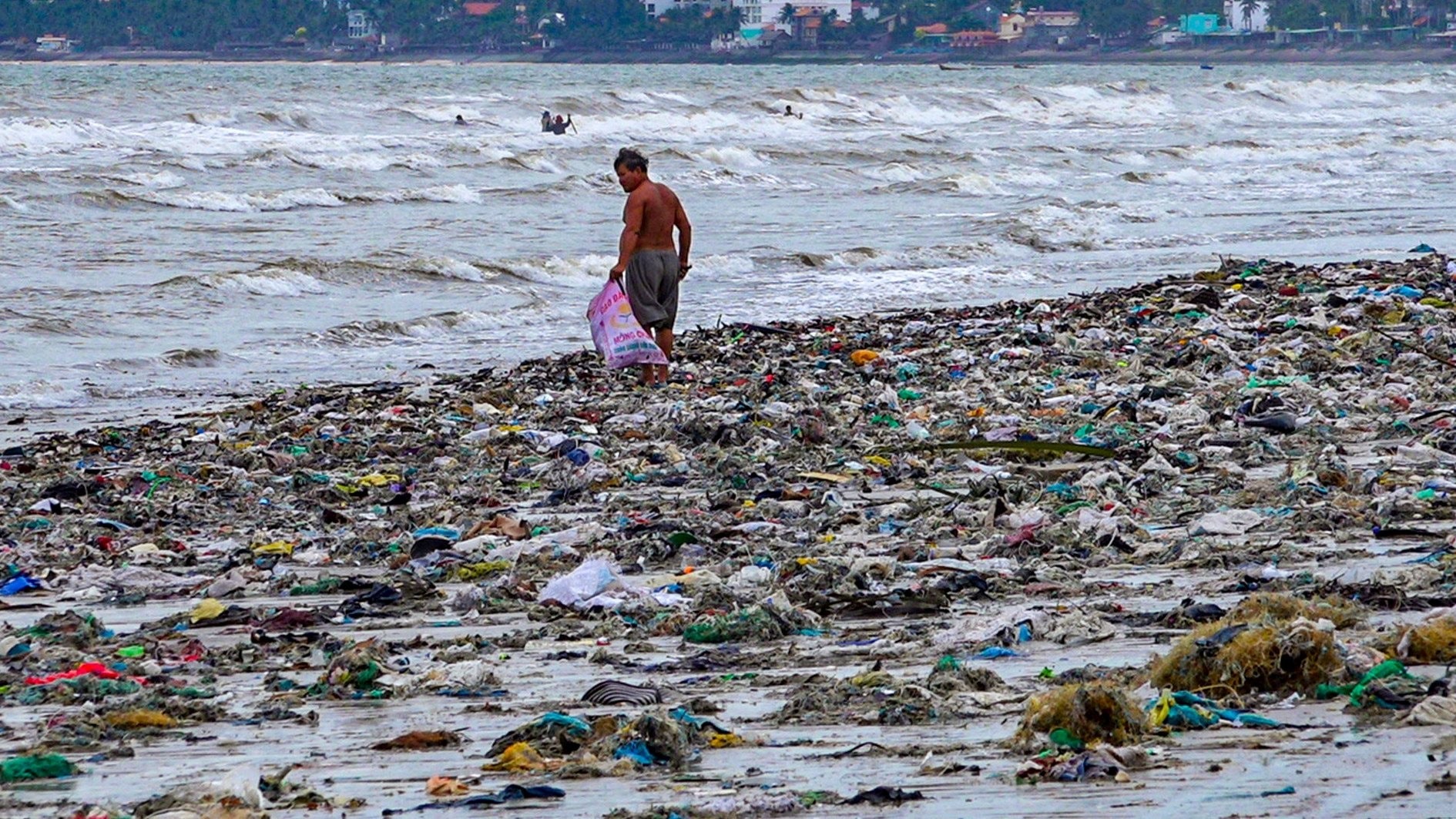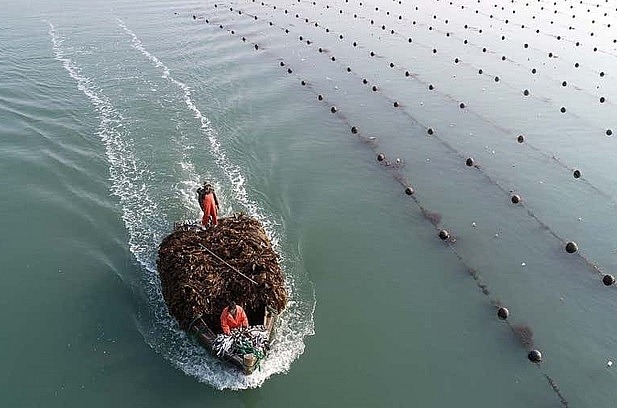Natural sea moss holds a special place in Vietnam’s coastal ecosystem, providing not only nutritional benefits but also supporting local economies. The process of harvesting this marine resource, however, comes with significant environmental implications that warrant careful consideration. Therefore, understanding the impact of harvesting sea moss methods on marine habitats becomes crucial.
1. How the environment affects natural sea moss harvesting in Vietnam
Natural sea moss harvesting in Vietnam is profoundly influenced by the environment in which it thrives. Factors such as water temperature, salinity, and the abundance of minerals play crucial roles in the growth of this maritime plant. Additionally, the pristine and unpolluted nature of these coastal areas ensures that the sea moss absorbs essential nutrients.

Sea moss harvesting benefits local economies but can harm marine ecosystems.
Understanding these environmental influences is key to appreciating both the product and the sustainable practices that support its growth.
1.1. Coastal ecosystems and habitat
The health of coastal ecosystems is crucial for the growth and abundance of natural sea moss. Several key factors directly influence sea moss populations, including water quality, temperature, and the availability of nutrients.
In regions where waters are clear and clean, and where nutrients are abundant, natural sea moss flourishes. This thriving sea moss not only plays a vital role in marine habitats by providing shelter and food for various marine species but also contributes to the overall ecological balance of these coastal environments.
However, pollution from agricultural runoff, industrial discharges, and urban development can severely degrade water quality. Such pollution often leads to harmful algal blooms, which can outcompete and choke out natural sea moss by blocking sunlight and depleting oxygen levels in the water.
1.2. Climate change effects
Climate change presents significant challenges to the harvesting of natural sea moss, with its effects becoming increasingly apparent. As ocean temperatures rise, the distribution of various marine species, including sea moss, may shift, affecting their growth patterns and habitats. Additionally, the increased frequency and intensity of storms associated with climate change can physically damage sea moss beds, disrupting the delicate balance of the marine environment.

Unsustainable harvesting may reduce sea moss populations and biodiversity.
Rising temperatures can also create unfavorable conditions for specific sea moss species that have historically thrived in particular areas. These changes may lead to a decline in the availability of sea moss in Vietnam, forcing local harvesters to adapt their practices.
1.3. Ocean acidification
Ocean acidification is another critical environmental factor affecting natural sea moss. This process occurs as seawater absorbs excess carbon dioxide from the atmosphere, leading to lower pH levels in the ocean. Ocean acidification can disrupt the calcification processes of various marine species, which may have cascading effects on the biodiversity of coastal ecosystems.
While natural sea moss tends to be more resilient than many calcifying organisms, it is still susceptible to changes in the overall health of the marine environment. As ocean acidity levels increase, the growth rates and quality of sea moss in Vietnam could decline, presenting challenges for local economies that heavily depend on this resource for their livelihoods.
Addressing ocean acidification through global efforts to reduce carbon emissions is essential to ensure the health of coastal ecosystems and the sustainability of sea moss harvesting practices.
2. What makes the harvesting and cultivation techniques of Lam Hong wildcrafted sea moss unique?
Lam Hong wildcrafted sea moss from Vietnam is a prized marine resource sourced from the pristine waters off the coast of Nha Trang. Known for its exceptional quality and numerous health benefits, this natural sea moss has gained popularity both locally and internationally. The techniques used for harvesting and cultivating Lam Hong wildcrafted sea moss are distinct and have evolved to prioritize sustainability and ecosystem preservation.

Pollution affects water quality, impacting sea moss health and growth.
2.1. Unique harvesting techniques
The harvesting of Lam Hong wildcrafted sea moss is done through traditional, hand-harvesting methods that respect the natural environment. Local skilled harvesters meticulously collect only mature and healthy specimens, ensuring minimal impact on the marine ecosystem.
This careful approach not only helps maintain the integrity of the natural sea moss but also supports the regeneration of sea moss populations. Harvesters choose to work during specific tides and seasons to maximize quality while allowing the sea moss to grow undisturbed during critical periods.
2.2. Sustainable practices
Sustainability is at the heart of Lam Hong’s operations. The focus on sustainable harvesting techniques ensures that the natural sea moss remains abundant and high-quality for years to come. By using methods that do not harm the underlying marine flora and fauna, harvesters help maintain a balanced ecosystem.
Additionally, the practice of rotational harvesting allows specific areas to recover, which means that plenty of healthy sea moss can be harvested without depleting resources. This commitment to sustainability not only benefits the environment but also enhances the reputation of sea moss that comes from Vietnam.

Sustainable practices are crucial for balancing sea moss supply and environmental protection.
2.3. Growing conditions and quality control
Natural sea moss flourishes in shallow, nutrient-rich waters, absorbing essential minerals directly from the ocean. The unique conditions of Nha Trang's waters - characterized by low pollution levels - create a perfect environment for the growth of Lam Hong wildcrafted sea moss. The quality control measures implemented by the brand ensure that every batch meets the highest standards.
Harvesters monitor the growth and overall health of the sea moss closely, performing thorough inspections to affirm that only the finest specimens are collected. This rigorous quality control process is vital as it caters to the increasing consumer demand for natural products, particularly in health-focused markets.
Natural sea moss such as Lam Hong product is a valuable marine resource harvested from the clean waters off Nha Trang, Vietnam. The traditional and sustainable methods used by local harvesters ensure that only healthy, mature sea moss is collected, which helps protect the marine ecosystem. By choosing Lam Hong wildcrafted sea moss, you not only gain the health benefits of this nutrient-rich superfood but also support environmentally friendly practices.






